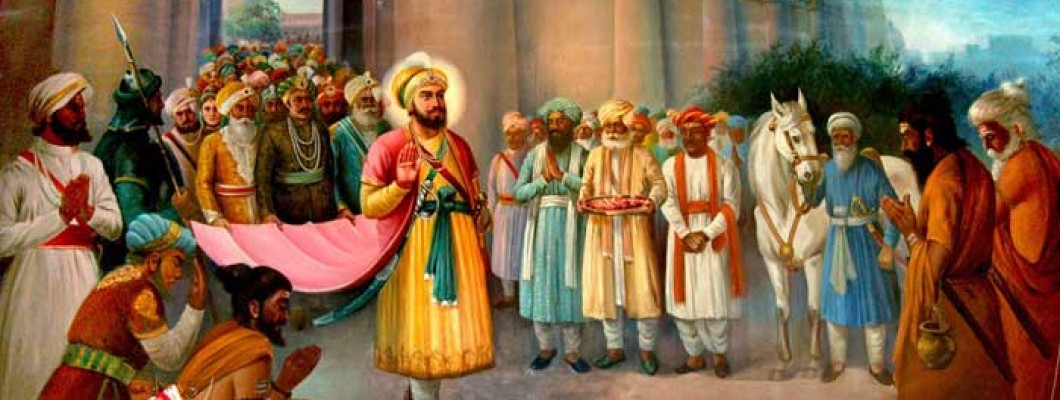
Guru Arjan singh (Guru Hargobind’s father) was arrested by Mughal Emperor Jahangir and asked to convert to Islam dharm. Guru Arjan Singh refused to convert himself to Islamic and then he was tortured and executed in 1606 CE. After the execution, Guru Hargobind succeeded his father as the next Guru of Sikhism at the age of 11 years. Later on, Jahangir also arrested Guru Hargobind. The Sikh celebration at this time of year that commemorates the release from the prison at Gwalior Fort (in Madhya Pradesh, India) of Guru Hargobind, the sixth Guru of the Sikhs, in 1619. As his release occurred around the time of Diwali, the celebrations took a new connotation for the Sikhs, making it a commemoration of the “Day of Liberation” i.e "Bandi Chorr Diwas".
Not only the release of Guru Hargobind is celebrated, but also his action to secure the release of 52 other kings and princes who were also locked up in the prison by India’s Mughal ruler of the time, Jehangir. This emperor long had an antagonistic relationship with this new religious community rising from within his kingdom, and so much so that he had ordered and carried out the execution of Guru Arjun, the fifth Guru of the Sikhs and Guru Hargobind’s predecessor. When Jehangir was eventually convinced to release Guru Hargobind, the Guru indicated that he would only leave when the other prisoners were also set free.

Jehangir would offer a counter-condition: “whoever can hold on to the Guru’s cloak can be released.”
On this condition, the Guru had a cloak made with 52 strands on to which each other prisoner could hold and walk out of the fort with the Guru. And, in doing so, he secured the release of his fellow inmates.
Imagine: a prisoner giving conditions to the Emperor about his own conditions of release — not for his own benefit, but for that of others. This is a poignant legacy that we Sikhs must reflect upon each year.
While the celebration of Bandi Chhor Divas affords Sikhs the opportunity to celebrate alongside our Hindu and Jain siblings, we must also consider what this day signifies for Sikhs as more than just a day of celebration involving candles and fireworks.
Guru Hargobind’s actions almost 400 years ago is a lesson today for all of us, Sikhs or otherwise. Instead of a celebration of a historical event, we must offer ourselves a personal challenge. We must ask ourselves: in the spirit of Bandi Chhor Divas, what am I doing today to carry on that legacy?
The story of Bandi Chhor Divas is a reminder to look beyond oneself, and to use the privilege that has been conferred by the Creator to aid those who are less fortunate. It requires us to think about our actions beyond our own interests and instead be an agent of positive affect for my community. The story of Guru Hargobind’s cloak symbolizes the connections with others to work towards common goals. We must look at our individual causes in the lens of how that work promotes the greater good.
In the spirit of that challenge, we, the whole team from PunjabiCart.com, wishes a happy Bandi Chhor Divas to all.
Original: Rupinder Mohan Singh(Author of American Turban)



















Leave a Comment